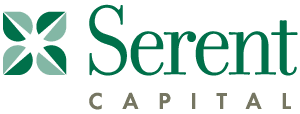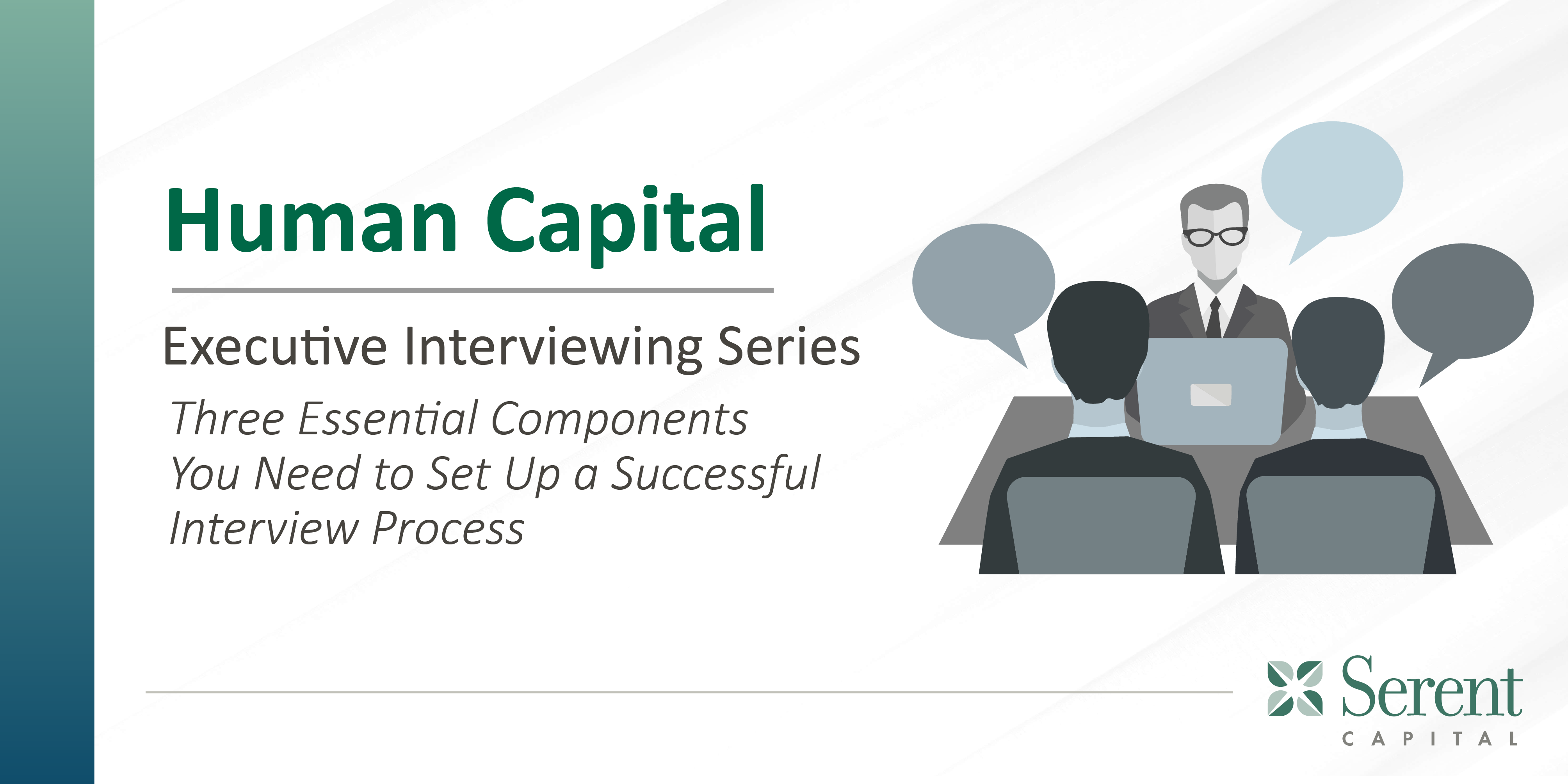Running a successful interview process – one that yields the best hire possible – is a challenge. And it becomes even more challenging during an executive-level search. Making a set of interviews an iterative and revealing series of conversations is the key to finding exceptional talent and cultural fit that will drive impact over the long term. That means planning ahead, communicating with all the stakeholders, and having a “flexibly structured” plan for every step of the process.
Interviews are by no means a perfect method to identify talent, but they are simply a baseline requirement for recruiting. In this three-part series, we will share what we think helps ensure a productive interview experience from start to finish:
- Defining the Need
- Designing the Process
- Designating the Responsibilities
Part II: Designing the Process
Three essential components you need to set up a successful interview process
You’ve completed your job description, and the next step is to design an interview process that will help you find the ideal hire. As early as possible, plan out your hiring process by using these three components:
- Who will be involved
You want stakeholders who need to case a vote vs bystanders who will weigh in an opinion. - Set your timeline
Be mindful of scheduling changes, holidays, and planned vacations etc. Most executive recruiting processes take 60-90 days. - Schedule time with key stakeholders
Be proactive by placing holds on calendars 2-3 weeks out so that you can easily offer times to candidates as they progress.
Get Stakeholders Involved
At one point or another, you may have been part of a disorganized hiring process. Scheduled interviewers dropped out and you got pulled in to interview someone at the last minute with no context. You may not have even known who the candidate is or why you were asked to interview them—right?
Running a smooth hiring process is the key to avoiding this, which means getting the right people involved early and explicitly getting their buy-in to make this a priority.
Hold a quick Search Kick-off meeting to get everyone on the same page:
- Align Expectations – explain the purpose of the search and the key criteria your new hire should meet to ensure alignment – review the key steps in the process
- Define Team Roles – highlight who will be involved at each step
- Set the Schedule – schedule proactively right away to ensure that you avoid last-minute dropouts
- Outline Communication Requirements – set the expectation that participants will write up notes and send them within 24 hours of each interview
During the kick-off meeting, make it a priority to get aligned on the job description and the KPIs you want the new hire to achieve. Unless you take time to get aligned on what you are looking for, your team members will more than likely come back to you with irrelevant feedback that stays on the surface and can be influenced by unconscious biases. If you want a new head of sales to grow enterprise sales by 50% over the next twelve months, you will not get much insight into how a candidate would perform if your interviewer tells you, “they are really likable, and would be a great fit here.”
Schedule Interviews
Order of interviews
Be deliberate in the overall plan. Have a mix of interviews that have different purposes: data collection (career history, compensation expectations, timing considerations), selling to the candidate, technical vetting, culture fit (link to other article), rapport building, and finally selling once you get to offer stage.
Every interview should have a different purpose
For instance, one interview might be a technical screen, while another could focus on leadership skills, and a third could zero in on culture fit. There is no point in having a prospect sit down with five different stakeholders and give their tell me about yourself speech over and over again.
Planning a varied mix of interview formats and time blocks is important
Offering shorter interviews can give your prospect a break from hour-long conversations and takes into account that they likely have a day job that they need to work around. And longer conversations allow an opportunity to dive deep into their expertise. Plan a mix of 30, 60, and 90-minute sessions over the course of a search.
Change up the number of panelists
With specialized sessions like a technical screen, it can sometimes make sense to plan for a 2-on-1 interview. This allows interviewers the chance to compare their reactions to what was said and also can give you an opportunity to help more junior members of your team develop their skills as interviewers.
Objective Assessments
Objective assessments give you a standardized way to evaluate candidates’ knowledge and skills, so you can take the guesswork out of the hiring process. Many HR tools can often provide a helpful way to assess candidates for personality skills and leadership potential. Examples would be tools like DISC, CCAT, Hogan, or Caliper. The key to using assessments is to use them consistently for all hires, typically at the same stage of the process. Look at assessments as one more data point about your candidate — not a test intended to disqualify candidates. And above all, be consistent. If you rely on assessments selectively, allowing certain candidates to opt-out when they seem a cut above the rest, you will not get the full picture you need to make an informed choice and you run the risk of a discrimination claim.
Working Sessions
Working sessions have become increasingly popular in executive searches and for good reason—executives are presented ahead of time with data and prompting questions about realistic situations and problems they will encounter in their future role. The candidate prepares a deck to discuss in a live working session with 3–4 key stakeholders to cover topics like a financial analysis, SWOT analysis, 30-60-90-day plan, etc.
Running a working session enables you to open up a dialogue with a candidate and learn what it would be like to work with them in real life. By talking through their plan and engaging in a true dialogue you will discover a lot about their communication style, influencing abilities, analytical thinking and overall rapport with you. While it does require work from the candidate, they will learn what they can realistically expect from working with you and often times the exercise increases the candidate’s motivations to take the job.
To make the most of working sessions, get an NDA from your prospective hire so you can share meaningful information with them and given them at least a week to prepare their thoughts and materials. By doing that, you can give them an honest look at where things stand in your business, they have plenty of time to prepare, and neither of you will run into unexpected surprises if you move forward.
Help prepare with our Sample Executive Interviewing Schedule, click to download now!

